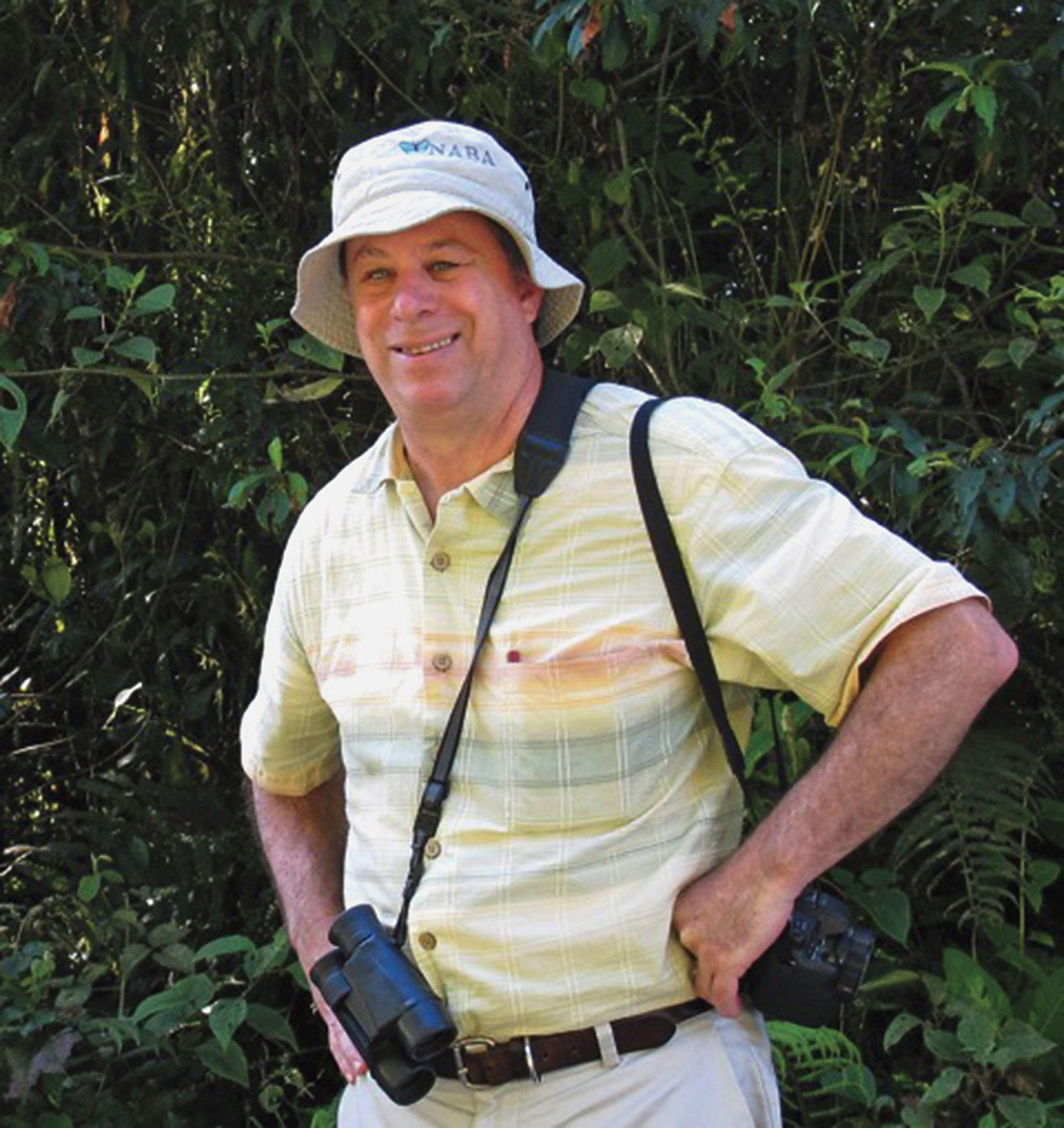Butterflies may be ephemeral, but they have held cultural weight for millennia, often portrayed in folklore and art as embodiments of the human soul. For Jeffrey Glassberg ’93LAW, preserving humankind’s connection to these delicate creatures has been a life mission. “People have always been fascinated by butterflies — by their beauty, their gracefulness, and the fleeting nature of their lives,” says Glassberg, who founded the North American Butterfly Association (NABA), a nonprofit conservation organization, in 1992.
Before butterflies became a primary commitment, Glassberg was a genetics researcher and the leader of a biotech company that pioneered the use of DNA fingerprinting. He sold the company in 1988 as he became increasingly interested in environmental protection — a decision that led him to Columbia Law School. “I thought that butterflies could use legal help,” he says. Near the end of his time at Columbia, he founded NABA, the result of years of collaboration with other butterfliers. Though his legal knowledge was useful as the director of a nonprofit, he never ended up practicing law, returning instead to the worlds of academia and research biology.
Since founding NABA, Glassberg, who today is an adjunct professor of evolutionary biology at Rice University, has written eight field guides on butterfly identification, including Butterflies through Binoculars, the first-ever resource on net-less butterflying. Until the late twentieth century, a butterflier typically had to catch, kill, and pin his specimens; nowadays, improved binoculars and cameras allow for up-close views of live butterflies in their natural habitats. Public interest in butterflying has significantly increased as a result.
Nonetheless, the number of butterflies continues to shrink: “Every single day, there are fewer than there were the day before,” says Glassberg, who attributes this loss primarily to habitat destruction and pesticide use. Caterpillars are picky eaters; most species feed solely on specific plant types. Without these plants, certain butterflies can’t exist. Total extinction would have devastating consequences for the environment: plants would lose pollinators and birds would lose caterpillars, a necessary food source for their survival.
But NABA has made some strides. In 1998, the organization saved the last living population of regal fritillaries in the eastern United States from an Army base attempting to replace their habitat with tanks. Now NABA is set on saving the Bartram’s scrub-hairstreak, an endangered butterfly species in southern Florida, by distributing samples of pineland croton (the only plant it eats) to area homeowners. Anybody anywhere can do his or her part to conserve butterflies by planting a garden with flora consumed by local species — something that NABA encourages with a regional gardening guide on its website.
“One of the wonderful things about working with butterflies is that they take you everywhere,” says Glassberg, who has traveled overseas and to every US state to observe and photograph regional species at peak season. And though he is motivated by the fact that his work is of environmental importance, the rewards of the job are as personal as they are universal. “Being out in a field full of butterflies just makes me feel incredibly good,” says Glassberg. “There’s nothing better in the world.”




